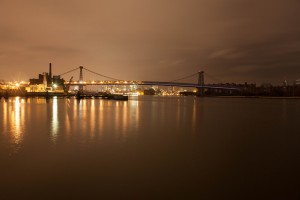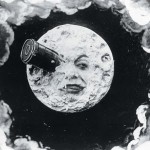I must admit that I belong to the group of people that believed some of the fake photographs. I was and still am super thankful to God that in my area it was not bad at all during Hurricane Sandy. We didn’t even lose power, the lights only flickered about 3 times. I had the news on the whole time and was online too; I saw a photograph of plenty New Jersey taxi cars from Hoboken, floating in water as well as a photograph of a shark swimming in a flooded area. My initial response to the taxi cars was pure belief; I immediately felt saft for the Hoboken, NJ area and I remembered going there last month to visit Carlo’s Bakery. The shark photograph had me in doubt, part of me believed the photograph and another part of me questioned its truth, but still I was unsure. Now that it has come to light that there were many fake photographs and clips posted online about Hurricane Sandy, I think that it is not right. Sure its funny, but it’s only funny for those of us who barely suffered during Sandy and its aftermath. There are many in areas very close to us who have suffered much damage, pain and loss because of this natural disaster; because of them I don’t find it appropriate that people posted fake photographs. The fake photographs seem like a mockery of what Hurricane Sandy was doing and it is inappropriate that people did this because Hurricane Sandy did cause major flooding and damage in certain areas; example: there’s real footage on the News showing people on inflatable boats in Staten Island, because their area actually flooded that much; because of situations like these, I find it highly unnecessary that people made fake pictures of taxi cars being flooded as if something that bad wasn’t happening in other areas with peoples own cars.
http://www.google.com/imgres?um=1&hl=en&client=firefox-a&sa=N&tbo=d&rls=org.mozilla:en-US:official&channel=fflb&biw=1224&bih=627&tbm=isch&tbnid=xdS4MgaZSvIwjM:&imgrefurl=http://news.nationalgeographic.com/news/2012/10/pictures/hurricane-sandy-pictures-floods-fire-snow-in-the-aftermath/&docid=yOkS48kj8ITirM&imgurl=http://images.nationalgeographic.com/wpf/media-live/photos/000/607/cache/hurricane-superstorm-sandy-hits-taxi_60731_600x450.jpg&w=600&h=399&ei=KRWbULCWH5Pp0QHQnYGoAg&zoom=1&iact=hc&vpx=323&vpy=331&dur=1138&hovh=183&hovw=275&tx=200&ty=139&sig=117302779429270553528&page=1&tbnh=144&tbnw=208&start=0&ndsp=16&ved=1t:429,r:12,s:0,i:113
During Hurricane Sandy and right after it, I myself did not feel it was funny to make fun of what happened with mocking photographs, as others did. Instead, I felt the need to make my own documentation of it. I felt and feel grateful to be alive and safe while at the same time feeling sad for those who lost loved ones, or damaged their homes, or cars. My main response was to make 2 short videos, I posted them on youtube. Feel free to take a look:
Hurricane Sandy in Brooklyn, Bensonhurst, ZONE C
Hurricane Sandy’s Aftermath in Bensonhurst, Brooklyn, NY, near Ceasar’s Bay





